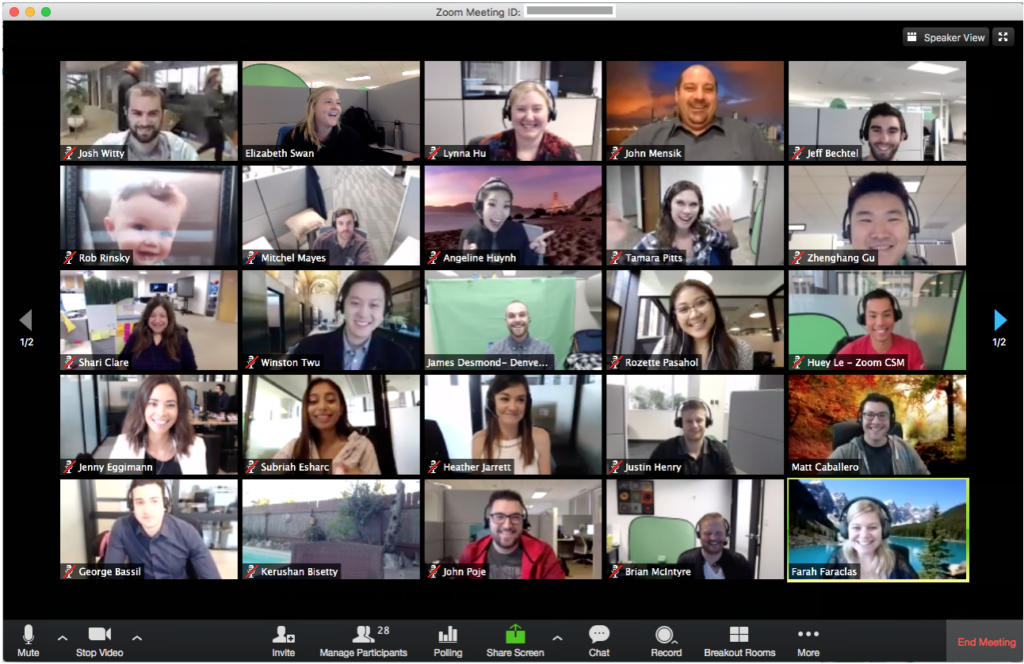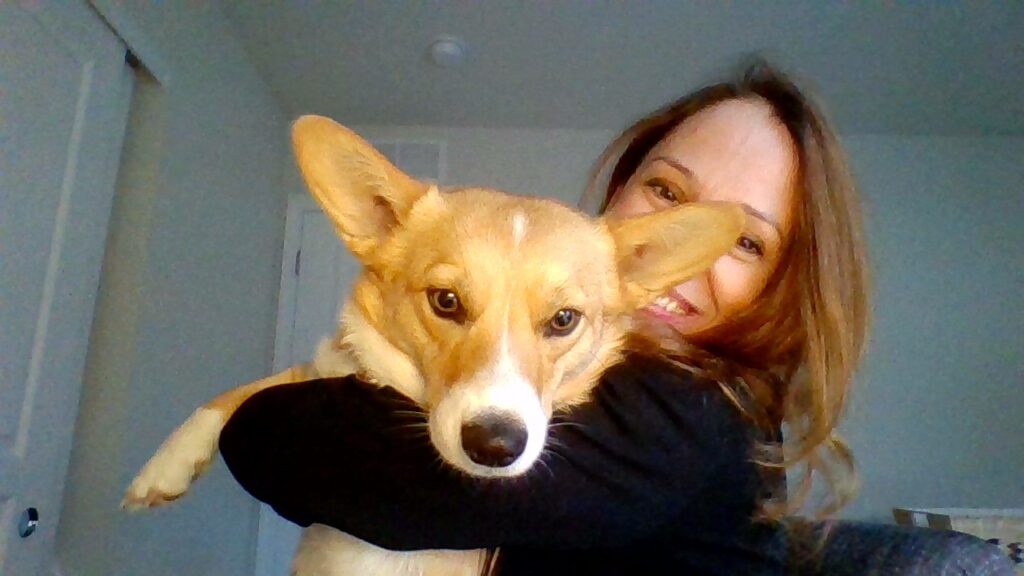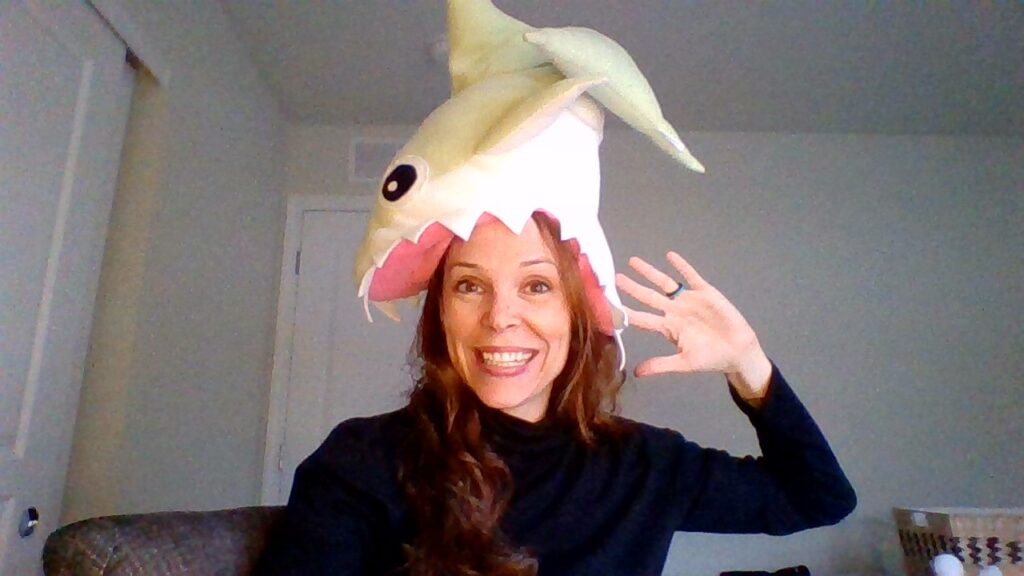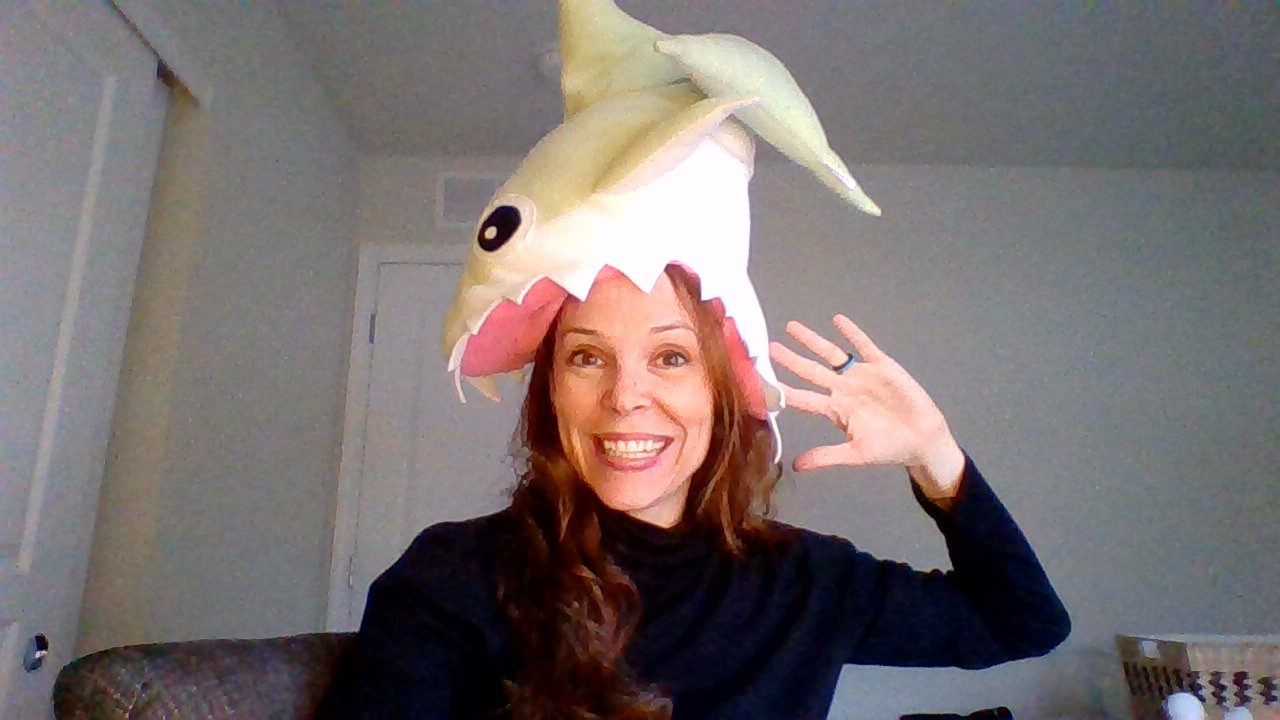Art Education and the Coronavirus (COVID-19)
The rapid switch to remote learning has left many educators missing their classrooms. After all, it’s the human connection that makes art education so rewarding. How can art teachers reconnect with their students and maximize their limited face to face interactions? By holding highly engaging virtual meetings!

Here are 7 creative ideas to intrigue, inspire, and keep art students coming back for more.
1. Hold a Scavenger Hunt
Have students get up from their seats, find something interesting from around the room, and bring it back to the meeting. It’s a great way to get kids up and moving. It also allows you to spend time working on art vocabulary in an enjoyable way. Can you find something with a unique texture? Two objects that are complementary colors? A piece of clothing with a pattern? The possibilities are endless!
2. Get a Co-Host

Make your presentation more fun for your students by having an unexpected co-host. If you have a pet, you could allow your furry friend to make a quick appearance. Or, for elementary art teachers, you could create a home-made puppet that might add some comic relief. These funny options will increase student engagement, so they are ready to hear more about your content.
3. Plan A Costume Party

Allowing kids to dress up before the meeting can add levity and make for some exciting entrances when people arrive on camera. You can be elaborate and have students make historical art-themed costumes (think van Gogh’s bandaged ear or The Scream). You can also keep it simple with silly hats, glasses, or brightly colored clothing.
4. Move Your Room
Students are fascinated by their teachers’ lives. If you are comfortable sharing, hold your virtual meeting from a different room in your house each day. This can be a passive way to make the videos/chats more visually interesting, and students will continue to tune in for a peek into their teachers’ space.
5. Run a Sketchbook Share
Whether you are assigning specific prompts or letting kids show off their favorite work, online meetings can be a great opportunity for students to present and respond to their classmates’ work. Even a quick discussion with their classmates can create valuable connections for your students.
6. Go “Old School” with Show & Tell
Elementary kids love this because it gives them a chance to share something fun or something important to them. It also works as a simple prompt to break the ice and get the conversation going. Even something as simple as sharing your favorite art supply at home can be a great way to get started.
Older students may not want to do “show and tell,” but that doesn’t need to stop you from having great discussions. Ask them to come to the meeting with a product from their home that has a good design or an object with aesthetic appeal. These can serve as a great jumping-off point for in-depth discussions.
Want more ideas? Register and attend the Coronavirus (COVID-19) Weekly Webinar Series!
7. Keep It Going With a Critique
If your students have done a critique in the classroom, they can do one online! Just make sure to keep it fun and engaging. Rank artworks from famous artists or make fun comparisons of famous paintings. Students will love to help each other with suggestions and ideas for the works they are making at home–have them share work or post pictures and begin the discussion!
Our students are watching our response to remote learning and framing their reactions and opinions based on our attitudes. As art teachers, it’s up to us to model creativity and flexibility in the face of adversity. So, prove to them that you can make the best of a challenging situation by bringing fun and inspiration to your next virtual meeting—and you might create some lasting memories along the way.
What unusual techniques have you tried in your virtual meetings?
How can you increase student engagement online?
Magazine articles and podcasts are opinions of professional education contributors and do not necessarily represent the position of the Art of Education University (AOEU) or its academic offerings. Contributors use terms in the way they are most often talked about in the scope of their educational experiences.





